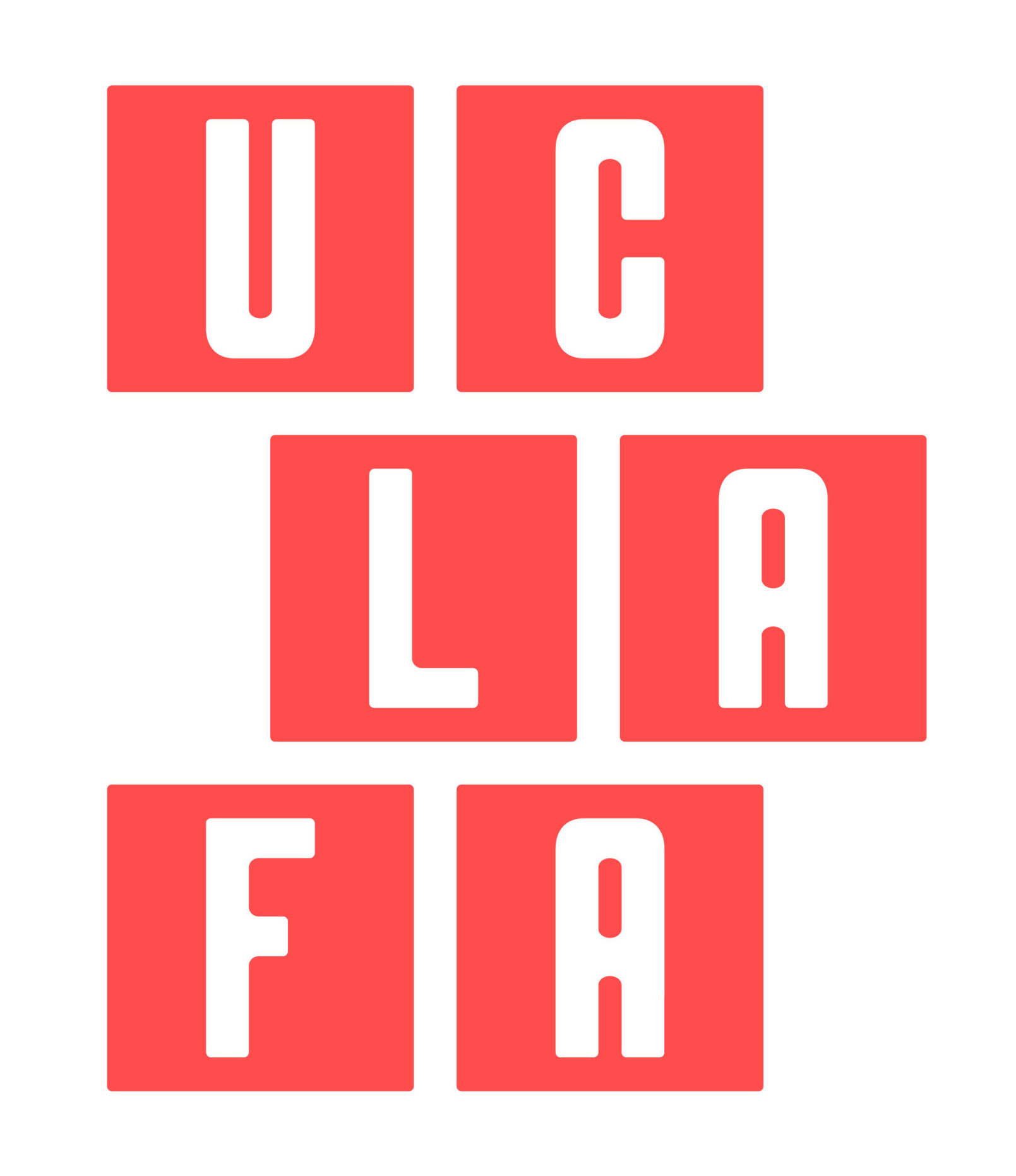UC must put emphasis on education, not brand

UC must put emphasis on education, not brand
Timothy Hampton, Garrison Sposito
Tuesday, July 13, 2010, San Francisco Chronicle
The UC Board of Regents will discuss this week a proposal by the University of California president’s office for an ambitious plan to market UC online. The proposal entertains the vision of an eventual online bachelor’s degree that could tap new students throughout the world, from “Sheboygan to Shanghai.”
In fact, the track record for online higher education is very uneven. It requires enormous up-front investments and continual investments for upgrades. Given these high stakes and the financial pressures on UC in the current economic climate, it is crucial for California’s public university to move prudently.
As educators and scholars, we are, like our students, increasingly “wired in” and use the Internet every day in our research and teaching. For this reason, we recommend that the following three things be kept in mind:
Online teaching cannot replace the classroom experience. Internet use is most effective if it supplements the face-to-face dialogue that is the hallmark of university education. Knowledge moves too fast in the contemporary world to justify any teaching medium that is not extremely flexible, and the most flexible medium of all is conversation. It is no coincidence that the main technology firms – Apple, Cisco, Google and Microsoft – all have central campuses, where innovators consult and work together. We need to exploit technology as a way of serving the speed and ongoing innovation of teaching.
UC serves California. Previous experiments and preliminary estimates suggest that financial gains from an online UC are decades away – if, in fact, they materialize at all. Given these dim prospects, the only sensible reason to expand online teaching is as a service to California – to UC students, and to those students who would transfer into UC from California State University system campuses and community colleges. UC must avoid investing its precious resources in some “UC Brand” to be marketed across the globe. Such branding would require outsourcing teaching to part-timers who are not researchers, resulting in a decline in quality for those students who are our primary responsibility.
Teaching and research are one. One of the hallmarks of UC is the combination of excellence in teaching and research at all levels. Teaching and research feed into each other over time through extended work. Simply to extract bits of teaching and put them online out of context would sever the links between teaching and research that make UC special.
Most of the discussion about online education has come from administrators who are far removed from the experience of teaching and thus the logistics and consequent financial realities of moving courses and curricula online. UC has hundreds of superb teachers who have scarcely been consulted. However, it is obvious that it is teachers, not administrators, who should be the architects of this initiative, and at every step.
These commonsense suggestions must be kept in mind as UC explores online learning. If not, the university runs the risk of destroying its reputation and excellence in the name of marketing a brand. The taxpayers and students of California will be much the poorer.
Timothy Hampton is a UC Berkeley professor of French and comparative literature and was named a distinguished teacher in the arts and humanities last year. Garrison Sposito is a UC Berkeley professor of ecosystem sciences and received a distinguished teaching award last year from the College of Natural Resources. They are joined in this view by UC Berkeley professors Wendy Brown, Kristie Boering, Steven Goldsmith and Kevis Goodman.
http://sfgate.com/cgi-bin/article.cgi?f=/c/a/2010/07/13/ED5J1ED4V1.DTL
==============
If you missed the link in an earlier post, here is a 1950s version of online education:
[youtube http://www.youtube.com/watch?v=5_Q-Mw6qH9k&fs=1&hl=en_US]
These “Sunrise Semester” programs offered courses for credit in New York City beginning in the 1950s.
